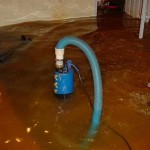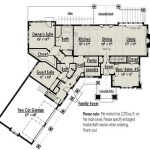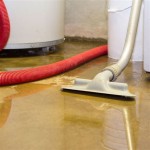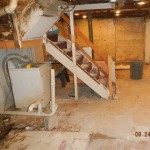Essential Aspects of Insulation for Basement Ceiling
Insulating your basement ceiling is a crucial step in creating a comfortable and energy-efficient living space. Improper insulation can lead to cold, drafty rooms, increased energy bills, and potential moisture issues. Here are the essential aspects to consider when choosing the right insulation for your basement ceiling:
### Types of InsulationThere are various types of insulation available for basement ceilings, each with its own benefits and drawbacks. Some popular options include:
*Fiberglass batts or rolls:
Easy to install and cost-effective, but less effective at preventing air leakage than other options. *Spray foam insulation:
Provides excellent insulation and air sealing, but can be expensive and requires professional installation. *Rigid foam boards:
Easy to cut and install, but require more space than other types of insulation. *Cellulose insulation:
Made from recycled paper, this type of insulation is eco-friendly and provides good insulation value. ### R-ValueThe R-value of insulation measures its resistance to heat flow. A higher R-value indicates better insulation properties. For basement ceilings, an R-value of at least R-19 is recommended in most climates.
### Air SealingIn addition to preventing heat loss, insulation also helps prevent air leakage. Air sealing materials, such as caulk and weatherstripping, should be used along with insulation to seal gaps and cracks around the ceiling joists, pipes, and other openings.
### Moisture ResistanceBasements are prone to moisture, so it's important to choose insulation that is moisture-resistant or water-repellent. Spray foam insulation and rigid foam boards provide excellent moisture resistance.
### Installation ConsiderationsThe installation method for basement ceiling insulation varies depending on the type of insulation you choose. Fiberglass batts or rolls are typically installed by stapling them to the ceiling joists. Spray foam requires professional installation using specialized equipment. Rigid foam boards are attached using adhesive or fasteners.
### CostThe cost of insulating a basement ceiling can vary widely depending on the type of insulation, the size of the area, and the installation method. Fiberglass batts are generally the most affordable option, while spray foam is the most expensive.
### ConclusionChoosing the right insulation for your basement ceiling requires careful consideration of the type of insulation, R-value, air sealing, moisture resistance, installation method, and cost. By choosing an appropriate insulation system and ensuring proper installation, you can significantly improve the comfort and energy efficiency of your basement, creating a warm and inviting living space.
Should I Insulate My Basement Ceiling And Walls Aire Serv
What Is Basement Ceiling Insulation And It Worth
Ceiling Insulation In Your Basement
Best Insulation For Soundproofing Your Ceiling Renoviso
What Are The Pros And Cons Of Basement Ceiling Insulation Upgradedhome Com
Basement Ceiling Insulation Interior Inspections Internachi Forum
Basement Insulation Jm Of New Bedford
How To Insulate Your Basement 2 10 Home Buyers Warranty
Basement Insulation Upstate Spray Foam
How To Soundproof A Basement Ceiling
See Also








